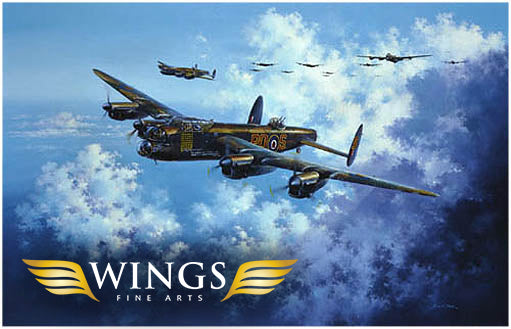The B-29 Bomber
The Famous B-29 Bomber, aviation art with Signatures of the USAF and USAAF.
The Boeing B-29 Superfortress is a four-engine propeller-driven heavy bomber designed by Boeing and flown primarily by the United States during World War II and the Korean War. Named in allusion to its predecessor, the B-17 Flying Fortress, the Superfortress was designed for high-altitude strategic bombing but also excelled in low-altitude night incendiary bombing, and in dropping naval mines to blockade Japan. B-29s also dropped the atomic bombs on Hiroshima and Nagasaki which contributed to the end of World War II.
One of the largest aircraft of World War II, the B-29 had state-of-the-art technology, including a pressurized cabin; dual-wheeled, tricycle landing gear; and an analog computer-controlled fire-control system that allowed one gunner and a fire-control officer to direct four remote machine gun turrets. The $3 billion cost of design and production (equivalent to $42 billion today)—far exceeding the $1.9 billion cost of the Manhattan Project—made the B-29 program the most expensive of the war.
The B-29's advanced design allowed it to remain in service in various roles throughout the 1950s. The type was retired in the early 1960s, after 3,970 had been built.
-
Sort




